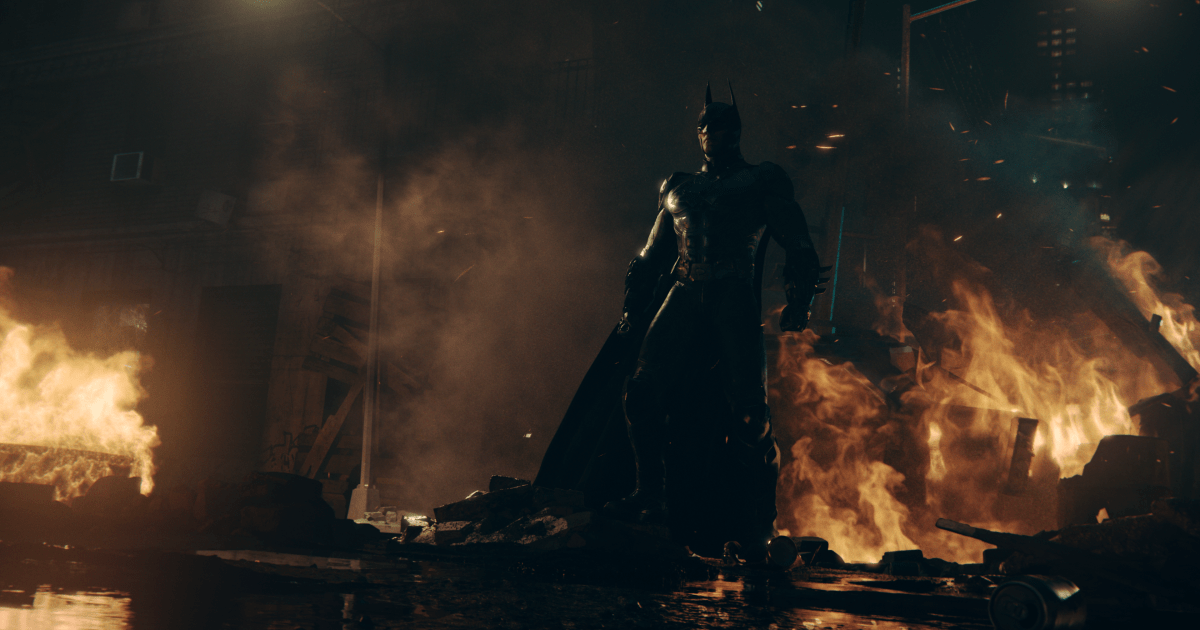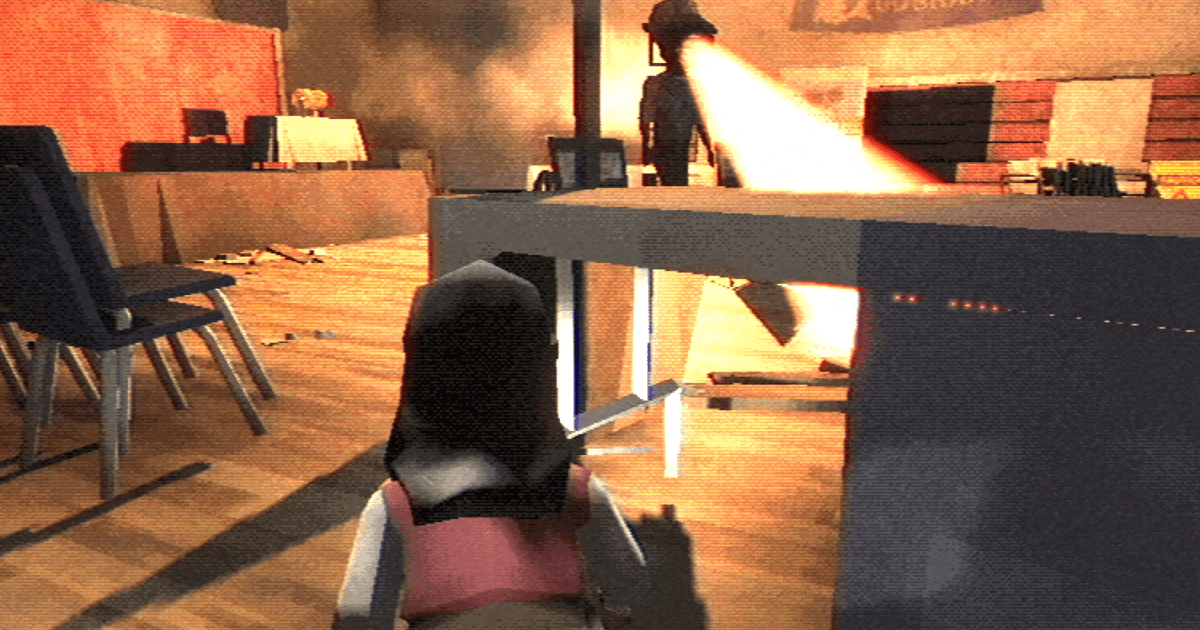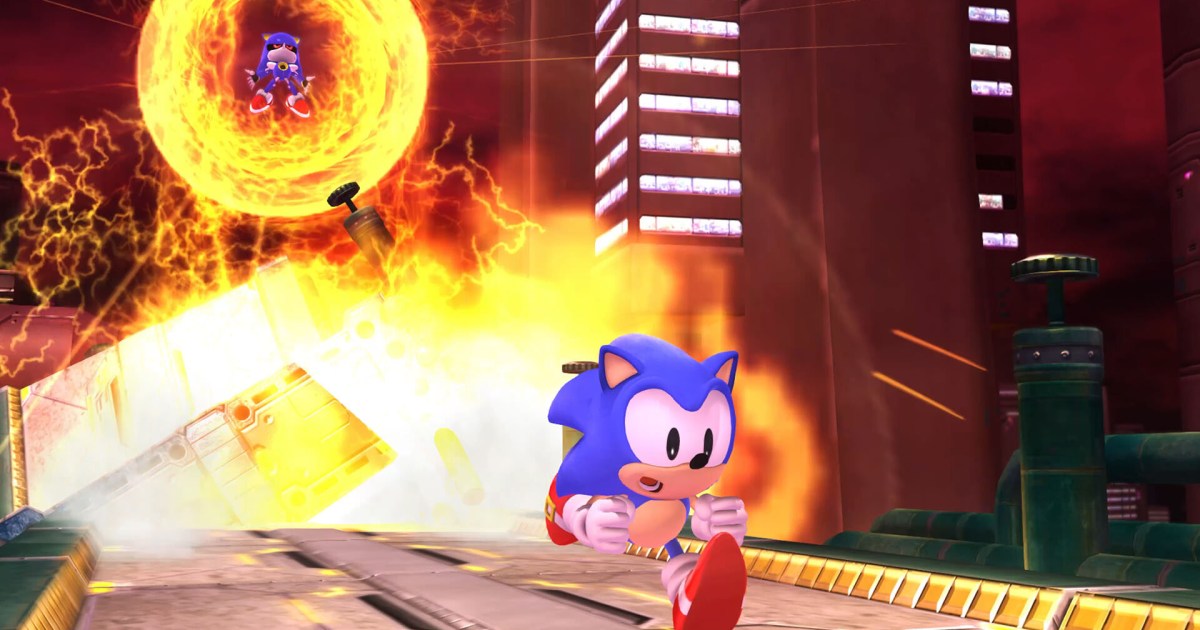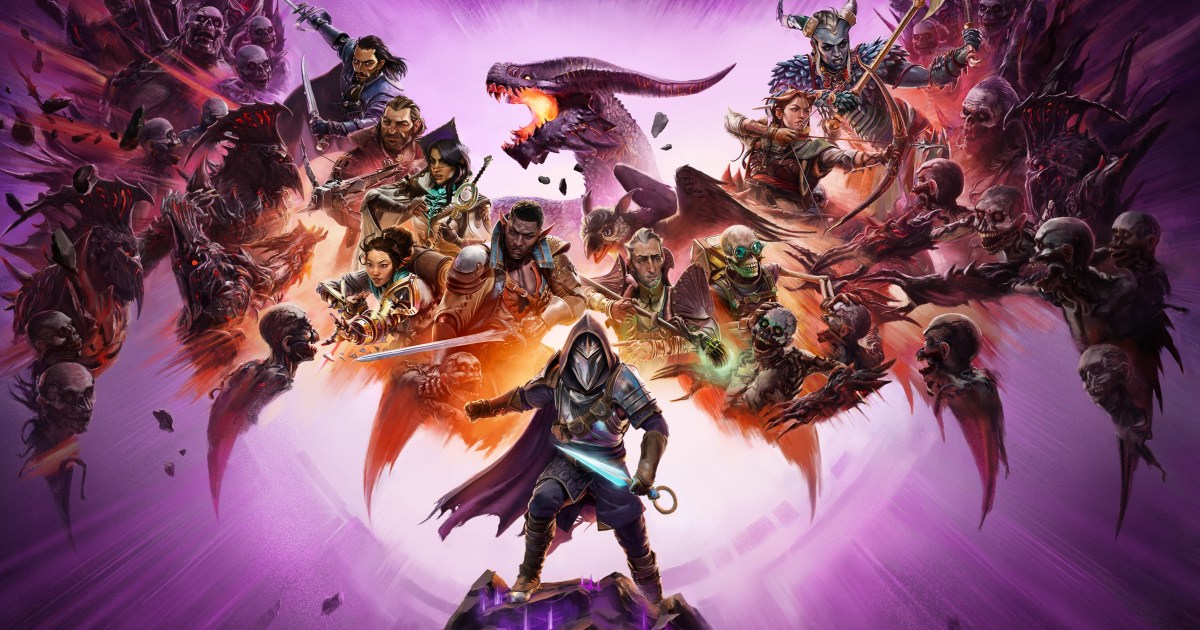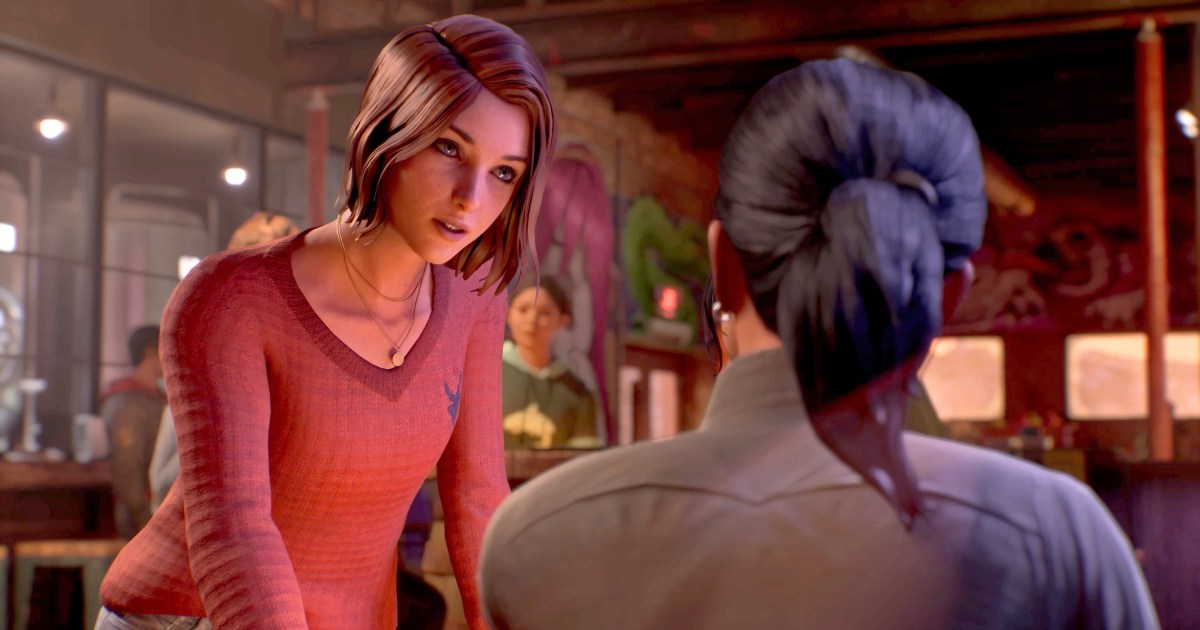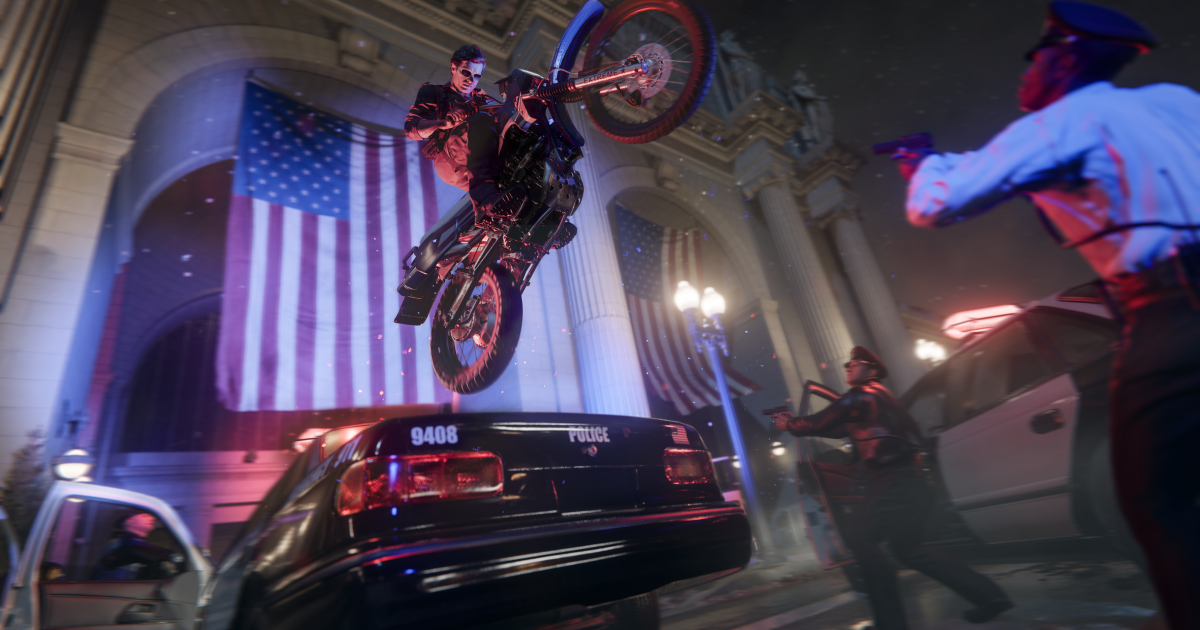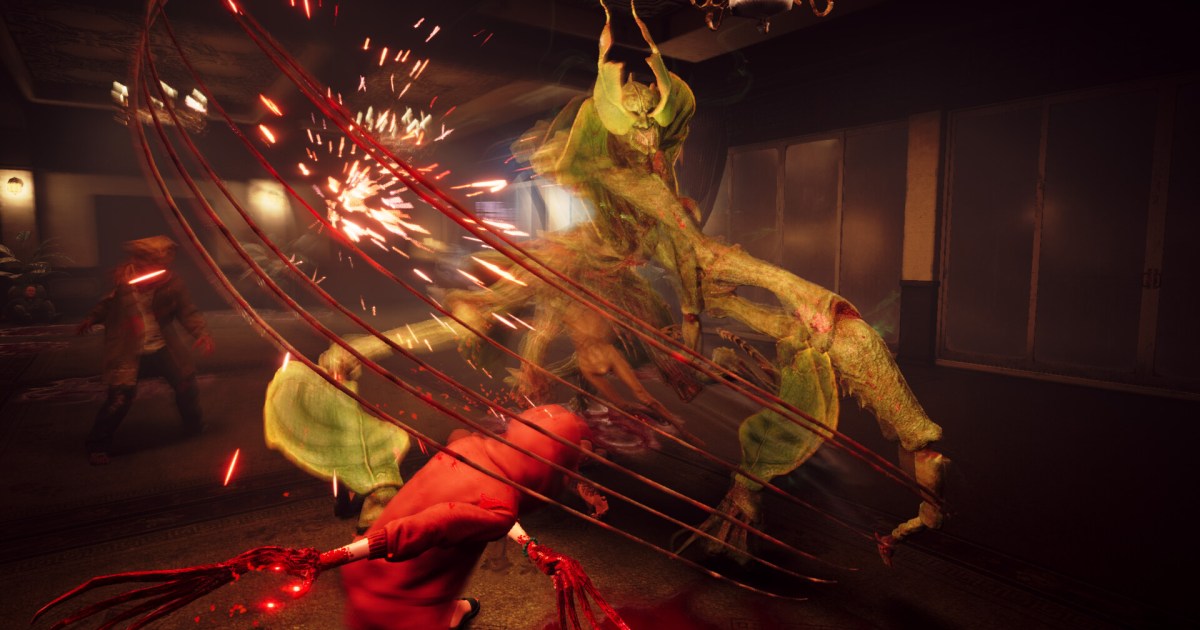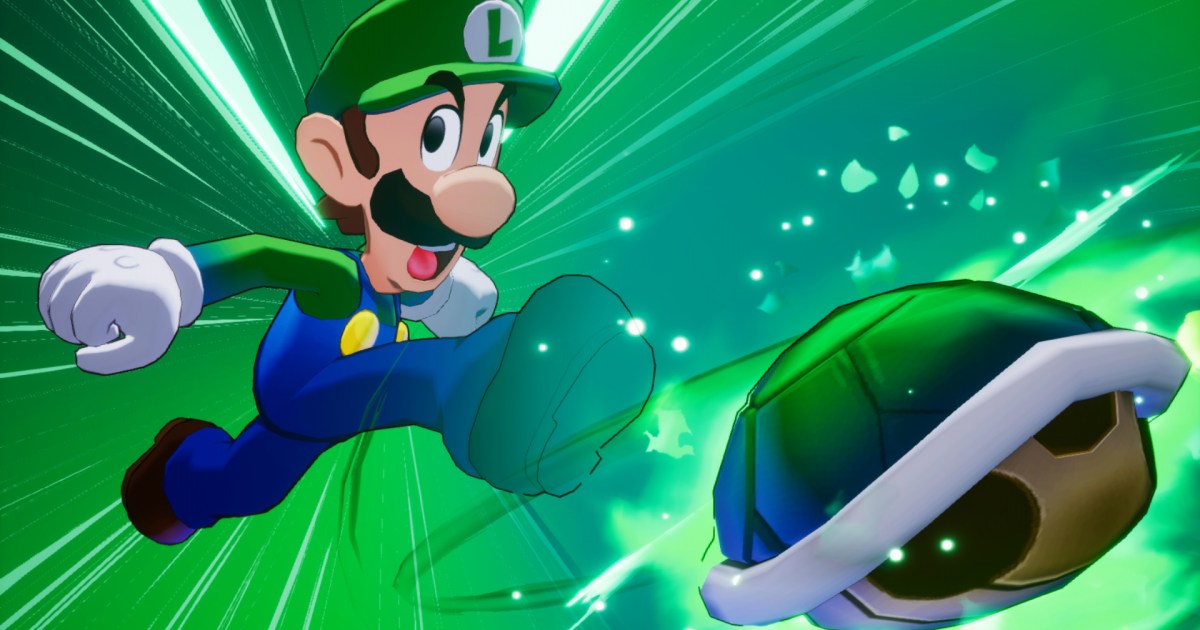The Rat King’s taunts echo through Gotham’s riot-torn streets, his monologue a tired refrain. But this time, it’s different. He challenges Batman’s methods, questioning the line between justice and brutality. Suddenly, the satisfying crunch of fists on goons feels less heroic. This unsettling self-reflection lies at the heart of Batman: Arkham Shadow, a VR sequel to Rocksteady’s acclaimed series. Developer Camouflaj doesn’t simply deliver a power fantasy; they force players to confront the weight of Batman’s actions. Is he a symbol of justice or just another agent of unchecked violence? Arkham Shadow dares to ask these tough questions while delivering a compelling narrative, innovative VR gameplay, and a visually stunning Gotham City.
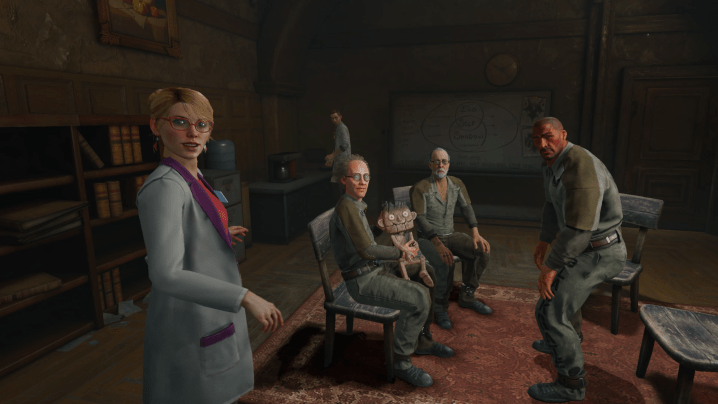 Batman goes to group therapy in Batman: Arkham Shadow.
Batman goes to group therapy in Batman: Arkham Shadow.
A Day of Wrath and Introspection
Arkham Shadow opens amidst a city-wide riot orchestrated by the enigmatic Rat King. Batman’s initial response is predictable: brutal force. Yet, this only delays the inevitable “Day of Wrath,” leaving the true source of unrest untouched. This opening sequence immediately puts Batman’s methods on trial, portraying him as a hero potentially more focused on punishment than actual solutions. This sets the stage for the game’s compelling premise: Bruce Wayne realizes he’s disconnected from Gotham’s criminal underworld and goes undercover as inmate Irving Malone in Blackgate Prison. Gathering intel by day and operating as Batman by night, he unravels the prison’s secrets and the Rat King’s true motives.
This unique setup allows Camouflaj to explore the complexities of Gotham’s criminal element. The primary antagonists aren’t the inmates, but the tyrannical guards employed by the private military contractor, Tyger. From the outset, players witness guards harassing and humiliating prisoners, highlighting the systemic issues that contribute to the cycle of violence. Arkham Shadow delves into the backstories of iconic villains like Two-Face and Harley Quinn, humanizing them by exploring their troubled pasts and motivations. This nuanced approach adds depth and complexity to the narrative, making it arguably the best Batman story ever told in a video game.
Becoming the Bat in Virtual Reality
Arkham Shadow excels in translating the core gameplay mechanics of the Arkham series into a compelling VR experience. The game seamlessly integrates familiar elements like fluid combat, ziplining, gliding, detective mode investigations, and environmental puzzles. The concise 12-hour runtime, reminiscent of Arkham Asylum, allows for a focused narrative and exploration of Blackgate Prison without unnecessary distractions.
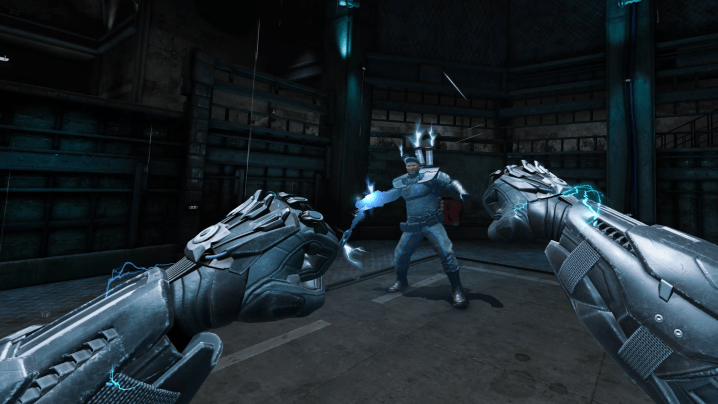 Batman fights Bolton in Batman: Arkham Shadow.
Batman fights Bolton in Batman: Arkham Shadow.
The game’s structure is cleverly divided between daytime exploration as Irving Malone, focusing on narrative and character interactions, and nighttime excursions as Batman, emphasizing classic Arkham gameplay. This creates a satisfying loop of uncovering secrets and unlocking new tools, maximizing the potential of the compact prison environment. The motion controls are surprisingly intuitive, making actions like activating detective mode, using the Batclaw, and navigating vents feel natural and immersive.
The combat system, reimagined for VR, is a standout. Players engage in a boxing-style system, using arm swings to punch and head movements to dodge and counter. While initially feeling a bit stilted, the combat becomes increasingly fluid and satisfying as players learn to chain combos, utilize gadgets, and execute brutal takedowns. This physicality enhances the narrative, making the player complicit in Batman’s violence and forcing them to confront the implications of his actions.
VR Woes and Technical Compromises
Arkham Shadow‘s ambition comes at a cost. Even on the Meta Quest 3S, the game occasionally struggles with performance issues like stuttering, crashes, and menu glitches. While the visual fidelity is impressive, showcasing a stunningly realized Gotham City and detailed environments, the technical limitations of VR are evident. The game pushes the hardware to its limits, resulting in occasional compromises in stability.
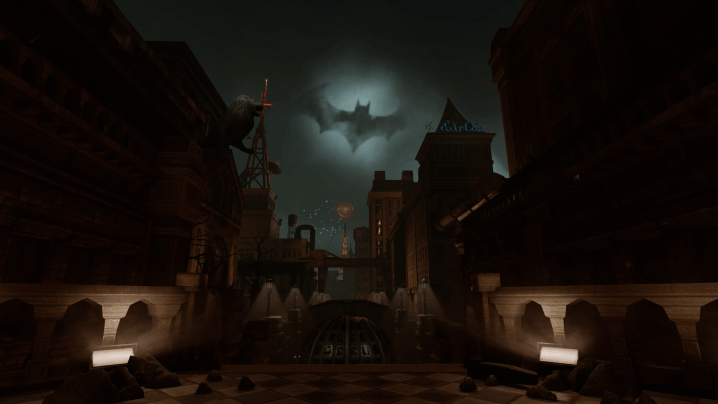 The Bat signal appears in the sky in Batman: Arkham Shadow.
The Bat signal appears in the sky in Batman: Arkham Shadow.
The motion controls, while generally intuitive, can be finicky at times. Managing Batman’s gadgets and executing specific moves can be challenging, particularly during fast-paced encounters. These issues, while frustrating, are somewhat expected in the current VR landscape.
A Powerful Tale of Justice and Vengeance
Despite its technical shortcomings, Batman: Arkham Shadow is a remarkable VR experience. Camouflaj prioritizes narrative depth and immersive gameplay over technical perfection, delivering a powerful and thought-provoking Batman story. The Rat King, initially seeming like an odd choice of villain, proves to be a perfect metaphor for the systemic inequalities and social unrest that plague Gotham. Arkham Shadow is a must-play for VR enthusiasts and Batman fans alike, offering a unique and compelling perspective on the Dark Knight’s world.
Batman: Arkham Shadow is available now on Meta Quest headsets.



